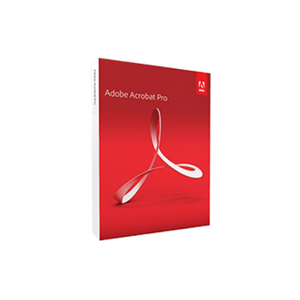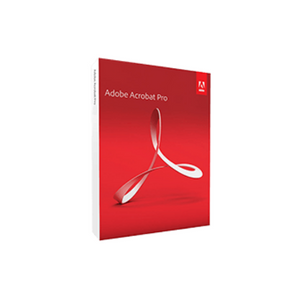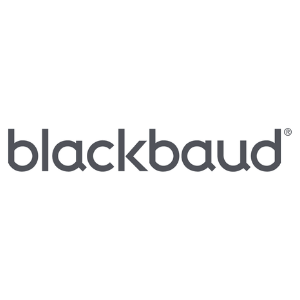Insights
INSIGHTS
All Topics
My Account
How to write for social media
04 Sep 2023by kirsty marrins
Writing good copy is a skill that takes time. Here’s some tips to help your copy stand out on social media
Writing for social media requires a lot of skill. What you post on social media should have a strategic purpose, be targeted to a particular audience, and appropriate for the platform.
In this blog, we explore tips for how to write on social media. Before we delve into the writing tips, it’s important to take a step back and ensure that your social media is strategic.
What are your objectives?
You can be the best writer in the world, but if you haven’t set objectives for your social media, then it doesn’t serve a purpose.
Think about what you’re trying to achieve on your social channels and who you are trying to reach. Remember that audiences may be different on different channels.
Take a look at your organisational strategy and then create objectives for social media that will help to achieve organisational goals.
Create content pillars
Once you’ve defined your objectives, plan and focus your social media posts by creating content pillars.
Not only can content pillars help you plan, but they can also help you be more strategic. Content pillars are topics or themes, usually between three to five, that are specific to your brand.
Having content pillars helps you articulate who you are and what you do, providing clarity to your audience. They can also help ensure that your content is balanced.
Define your ‘why’
Watch Simon Sinek’s Ted Talk on the Golden Circle and how to discover your ‘why’. As Sinek says, “People don’t buy what you do, they buy WHY you do it.”
Once you discover your ‘why’, it should be evident throughout your copy.
Inspiring people to take action
When you want your audience to take an action, such as making a donation, signing a petition, or signing up for a challenge event, use the Think, Feel, Do framework.
‘Think’ is your rational brain and it’s about getting the audience to agree with your key messages and to see you as an authority in your field.
‘Feel’ is the right-brain, so it’s all about emotions and heart. Tapping into the emotional aspects, a human story, is essential.
‘Do’ is the action that you want your audience to take or to change their perspective. What do you want the reader to do, or think differently, after reading your copy?
Writing tips for social media
Social media is a very noisy space. Create instant impact with your first few words or ask a question to encourage engagement.
Use concise, clear language that is easy to understand. The average adult literacy level in the UK is ages 9–11. Be mindful that English may not be the first language of some of your readers, so always use Plain English. The Hemingway Editor is a free tool that will tell you what readability level your writing is.
Think about what emotion you want your reader to feel. Is it joy? Hope? Anger? Sadness? What words can help you create that emotion?
It’s not just about words though. Images, graphics, and video can help bring your words to life, as well as help your copy stand out on newsfeeds. Just don’t forget to make them accessible.
Create space. Break up sentences with an appropriate emoji or start a new paragraph. Bold or capitalise certain words to draw the eye.
Keep your writing interesting by varying your sentence length. No sentence should be longer than 20 words.
Tips to create copy from lengthy reports or case studies
How can you create concise copy from a big, wordy report or a lengthy case study? How do you distill a project or service into just a few sentences?
Define the key message and remember that the first sentence is the most important.
Can you pull out a quote and add an authentic voice? What would make the reader want to click the link to read more (of the report, for example)?
Accessibility matters
The World Health Organisation estimates that 33% of the global population has a hearing or sight impairment. Since users primarily consume social content through audio and visuals, accessibility in social media is crucial. You may be excluding a third of your audience by not making your content accessible.
Accessible content means ensuring that your videos have subtitles and voice overs. Your images and GIFs should have alt tag descriptions, which describe what the image is about. They should not be used for extending your copy or boosting search engine optimisation.
When using hashtags, ensure that you are using Camel Case. This is when the first letter of each word is capitalised so that it can be read out by screen readers.
Emoji can help your content stand out but try to limit them to one or two per post. Screen readers will read out each emoji, which can be annoying if there are lots in one post.
The Royal Institute for Blind and Partially Sighted People has written a great post on social media etiquette for accessibility, which is packed full of tips to help your social media be as accessible as possible.
More on this topic
Recommended Products
Recommended Products
Featured Products
Our Events
Charity Digital Academy
Our courses aim, in just three hours, to enhance soft skills and hard skills, boost your knowledge of finance and artificial intelligence, and supercharge your digital capabilities. Check out some of the incredible options by clicking here.





















